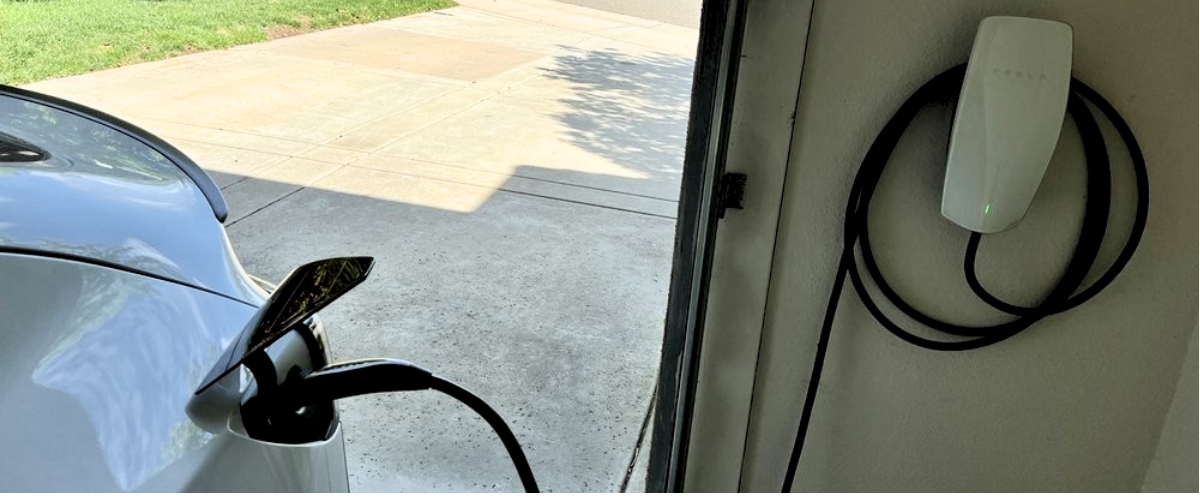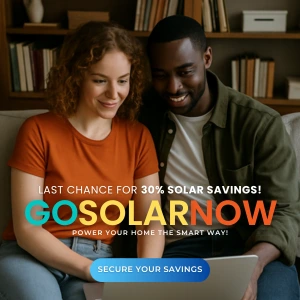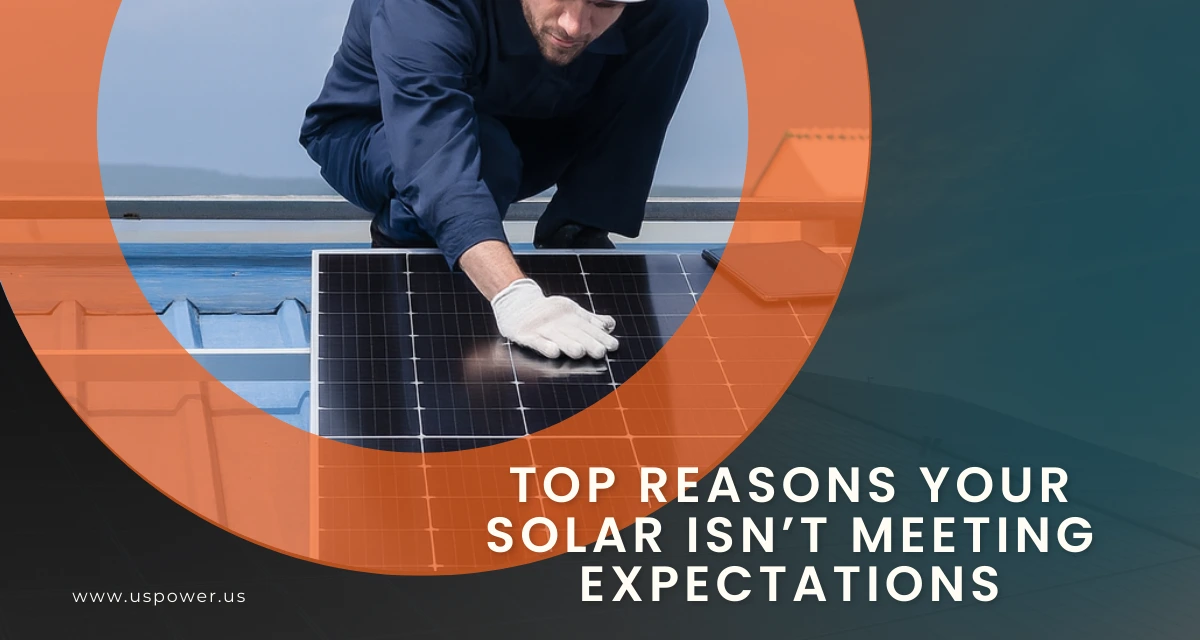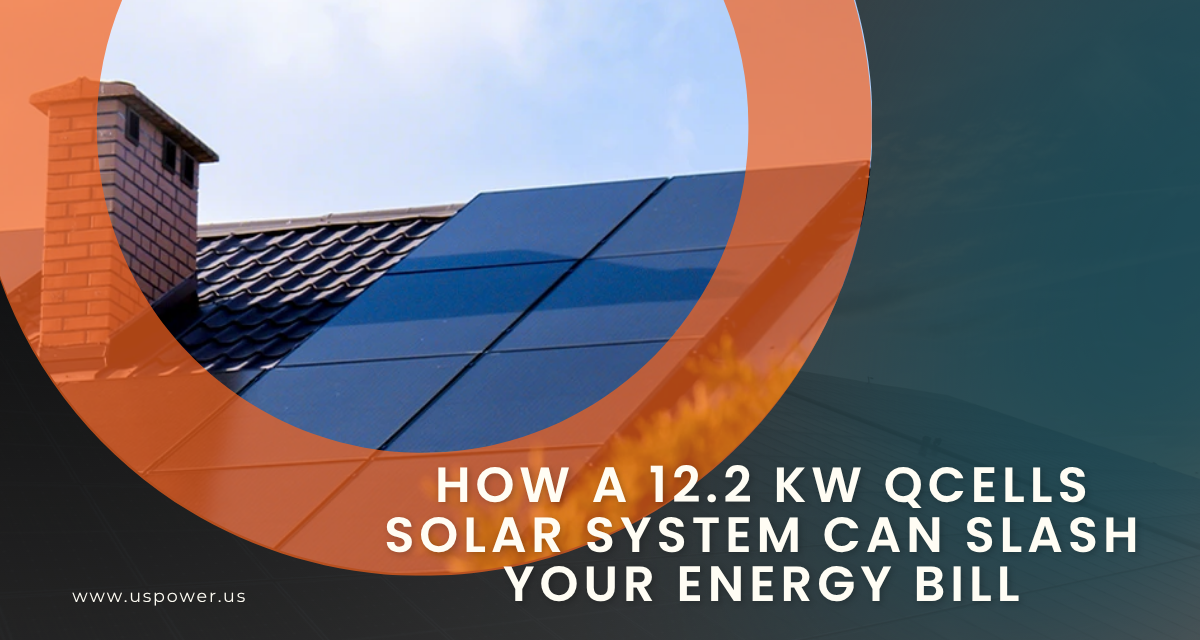What’s Ahead for the US Electric Vehicle Industry

Solar and Roofing Advisor
After a major EV slowdown in 2025, solar + storage is the smarter bet. See what’s next for the U.S. EV industry and how SoCal homeowners can benefit.

Just when the U.S. electric vehicle (EV) industry appeared destined for a meteoric rise, 2025 has delivered a reality check. What was once projected as a straight‐line climb toward electrification now appears more like a winding road — with tighter curves, higher stakes, and shifting guardrails.
At US Power, we watch these shifts not just as industry watchers, but as clean energy practitioners. How the EV sector weathers this setback will ripple through the entire clean ecosystem — including demand for solar, battery storage, and home electrification in Southern California.
What Caused the Sudden Stall?
1. Tax Credit Uncertainty & Policy Reversal
For years, federal EV tax credits (up to $7,500) were a keystone in making EVs more affordable. But in 2025, the landscape changed dramatically: policy reversals, shifting criteria, and looming expiration (or repeal) of key incentives have spooked buyers and automakers alike. Some forecasts suggest that the abrupt pullback in subsidies could knock EV sales down by as much as 20–30% in certain quarters.
That means many consumers are opting to wait — and many OEMs are pausing aggressive expansion until clarity returns.
2. Overcapacity in Battery Manufacturing
The industry is now grappling with an oversupply of battery manufacturing capacity. Analysts estimate capacity to reach 13–15 million EV batteries per year by end of 2025, but demand may only justify 3–5 million units. Excess capacity hurts pricing, margins, and investment confidence.
3. Rising Input Costs & Supply Chain Stress
Lithium, cobalt, nickel, and other critical minerals remain subject to supply constraints and geopolitical risk. Compliance with domestic sourcing rules and tariffs further complicates manufacturing economics.
4. Consumer Sentiment & Utility Rates Squeeze
Some U.S. households are seeing increased electricity rates or demand charges (especially in regions with high peak usage). Combined with uncertainty in resale value, EV cost-of-ownership calculations are less compelling than they used to be.
5. Mixed Moves from Automakers
Several major automakers are scaling back all-EV ambitions or reintroducing hybrid models. GM, for example, quietly reversed its plan to go fully electric by 2035, shifting some capital back to gas platforms.
The net effect? The mood shifted from “when will EVs dominate?” to “how fast can they rebound?”
2025 Forecast: What Analysts Now See Ahead
| Metric / Trend | Pre-2025 Projection | Revised 2025 Outlook | Implications |
|---|---|---|---|
| EV Market Share (U.S.) | 11–15 % by 2025–26 | Plateau ~8 % through 2025–26 | Slower adoption curve |
| Global EV Growth | Rapid double-digit % growth | Rapid double-digit % growth | Global versus U.S. divergence |
| Battery Oversupply | Tightness | Tightness | Price pressure, consolidation |
| Commercial / Fleet Demand | Incremental | Stronger pull from fleets, infrastructure players | Steady baseline demand |
| Consumer EV Momentum | Growing momentum | “Weird moment” with stalls & rebounds | Cyclically driven demand |
In short: 2025 will not be a free ride. But it’s not an end. Instead, it’s the turning point where winners and losers separate — those with flexible strategies, integrated energy portfolios, and aggressive cost control will thrive.
Why the Solar + Storage Pairing Gains Strategic Advantage
In this uncertain EV era, one pillar remains solid: solar electricity + home storage. Especially in markets like Southern California, homeowners are increasingly realizing that:
- Even if EV adoption slows, demand for clean, resilient power continues to rise.
- Generating your own electricity buffers you against rising rates and demand charges.
- Coupling EV charging with self-generated solar lowers grid dependency and improves ROI.
- Incentives for home electrification and storage are still robust — more so (in many cases) than the incentives for EVs alone.
For example:
- The California SGIP (Self-Generation Incentive Program) continues offering rebates for paired solar + storage systems for low-income residential customers.
- The 30% Federal Solar Investment Tax Credit (ITC) is still available for systems placed in service through December 31, 2025.
- QCells (our exclusive partner) is accelerating domestic manufacturing in Georgia, reinforcing supply chain stability and lowering logistics risk.
Thus, while EVs face turbulence, solar + storage becomes a more “grounded” investment in energy autonomy.
What This Means for Southern California Homeowners
If you live in SoCal (Los Angeles, Orange, Riverside, San Diego counties), here’s what to look out for:
- Lock in solar systems this year
With the ITC phasing out after 2025, every month you delay loses you ~0.5–1% in credit. - Prioritize storage and smart charging solutions
With net metering credits tightening, consumption becomes more valuable than export. Charging your EV with your own solar during midday off-peak is the smartest economics. - Watch your utility schedule and rates
Time-of-use (TOU) rates, demand charges, and peak periods matter a lot more now. Smart EV charging + storage can reduce peak load and save dramatically. - Bundle your electrification efforts
Solar + storage + EV charging + home electrification (HVAC, heat pumps) — treating all of these as a unified package improves savings, tax credit stacking, and ROI. - Choose a stable, local installer you can trust
The volatility ahead favors providers who:- Own inventory (not just broker panels)
- Are closely partnered with manufacturers (like QCells)
- Understand local permitting, utility interconnection, and grid constraints
- Can support financing options and guide you through incentive programs
At US Power, that’s exactly how we operate.
How US Power Responds to the Shift
Here’s how we differentiate ourselves in this more cautious EV era:
- Factory-direct pricing with QCells: Because we partner directly with QCells, you avoid middle markups. We can deliver high-efficiency, American-made panels at lower cost.
- Inventory holdings: We don’t wait for product — we carry inventory to shield clients from supply shocks and price hikes.
- Integrated system design: Every solar install we do is EV-aware. We size systems, integrate storage, and optimize for peak shaving and EV charging.
- Incentive navigation: We specialize in maximizing ITC, SGIP, and local rebates. We make sure your system is done right — and on time — to capture full incentives.
- Local support & service: Our teams in SoCal are responsive, permit-savvy, and aware of region-specific utility rules.
Our goal? To turn this EV slowdown into your advantage: while many buyers wait, you move forward — and gain both energy resilience and long-term value.
Don’t Let the Opportunity Slip Away
The EV speed bump of 2025 won’t last forever. But solar incentives, grid dynamics, and fresh technologies won’t wait either.
If you’re in Southern California and serious about energy independence, resilience, and smart investment, now is your moment.
Schedule a free, no-obligation solar + battery assessment with US Power today
We’ll show you your lifetime savings, optimal system sizing (for EVs or future-proofing), and help you lock in the 30% tax credit before it’s too late.
Let’s turn this shift into your advantage — power your home, power your EV, and power your future with confidence.
Related Articles
Our Related Blogs
Expert tips to maximize solar output in SoCal. Boost your solar efficiency with us.
Don’t let NEM 3 rates drain your wallet. Take control of your solar energy,
Energy savings with high-efficiency Qcells solar panels. Go Solar Now with US Power!
Our Solar and Roof Brand Partners








We empower communities and businesses to harness clean, renewable solar energy solutions that drive sustainable growth.
Ready to Own Your Power? Call us today!
818-650-8010
Copyright © 2025 US Power - Axia by QCells. All Rights Reserved.
Privacy is important to us, so you have the option of disabling certain types of storage that may not be necessary for the basic functioning of the website. Blocking categories may impact your experience on the website.
Essential
These items are required to enable basic website functionality.
Personalization
These items allow the website to remember choices you make (such as your user name, language, or the region you are in) and provide enhanced, more personal features.
Marketing
These items are used to deliver advertising that is more relevant to you and your interests.
Analytics
These items help the website operator understand how its website performs, how visitors interact with the site, and whether there may be technical issues.
We and our third-party partners use cookies and other technologies to enhance and track your experience on this site, conduct analytics, and personalize marketing to you. By using the site, you agree to our use of these technologies, including recording and monitoring your interactions with the site.
Get an instant solar estimate using satellite!









